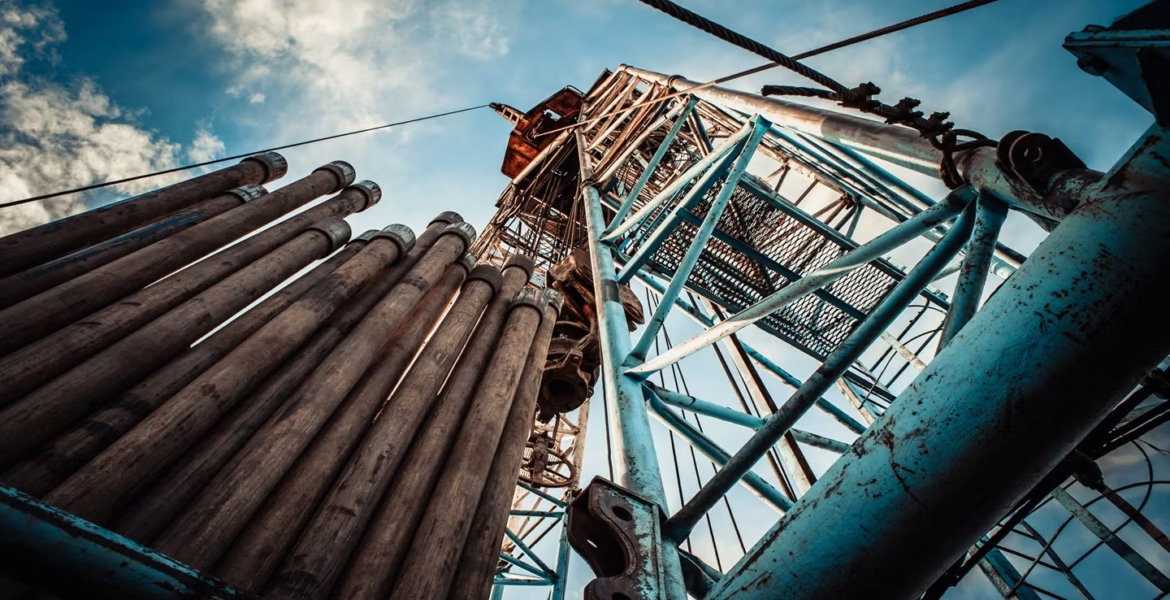Botswana’s decision to invest in Botala Energy’s Serowe Coal Bed Methane project has sparked debate over whether the move represents a bold stride toward energy security or a risky diversion from cleaner, cheaper alternatives
DR DOUGLAS RASBASH
When the Mineral Development Company of Botswana (MDCB) announced its intention to acquire a 15 percent stake in Botala Energy’s Serowe Coal Bed Methane (CBM) Project, the move was hailed as a visionary step toward securing the nation’s energy independence. Yet, behind the optimism lies a complex equation of risk, cost, and environmental consequence.
A PILOT WITH NO PROOF
Botala’s flagship initiative, Project Pitse, remains at a pilot stage. The five-well “proof-of-concept” station aims to test the commercial potential of methane extraction from the Serowe coal seams. Results from flow testing are expected only in late 2025 or early 2026. If successful, the project could expand into a nine-well cluster producing 0.25 petajoules annually for a Cryobox® LNG plant imported from Argentina.
However, Botswana’s investment does not buy into an operational gas field but an experiment whose commercial and technical viability is yet unproven. MDCB’s stake is at the project level, meaning the state assumes direct exposure to the risks tied to drilling, liquefaction, and market demand.
THE CLEAN ENERGY CLAIM
Botala has branded itself as a “clean energy” producer blending coal-bed methane and solar power. But methane is a potent greenhouse gas—28 to 36 times stronger than CO₂ over a century. Even modest leakage rates can negate any climate advantage over coal.
Global studies show typical CBM operations leak between 1 and 10 percent of gas at the wellhead. At a 5 percent leakage rate, the Serowe CBM Project could emit around 33 percent more CO₂-equivalent per unit of electricity than Botswana’s existing coal-fired Morupule B power plant.
In this light, the claim that CBM is “clean” appears questionable. Achieving near-zero leakage is rare, even in advanced gas industries, and Botswana has not disclosed a detailed emissions monitoring plan.
WATER, FRACKING AND HIDDEN DATA
Methane extraction depends on dewatering the coal seams. Although the Serowe basin’s methane content is high—about 90 to 94 percent—the key geological data on permeability and water flow remain unpublished.
If natural permeability proves low, hydraulic fracturing—or fracking—would be required to boost gas flow, invalidating the current environmental approval. It could also expose groundwater to toxic contamination. Standard CBM operations can generate millions of cubic metres of wastewater laden with dissolved solids, hydrocarbons, and metals. Yet Botala’s water management plan has not been made public, leaving questions about disposal, treatment, and long-term impact.
THE COST OF GAS
Even if technical barriers are overcome, economics may be the project’s Achilles’ heel. Independent estimates suggest electricity from “coal-to-gas-to-power” will cost at least twice as much as photovoltaic solar energy—and solar costs continue to decline globally.
The power purchase agreement between Botswana Power Corporation and Botala Energy has not been disclosed, keeping the tariff hidden from Parliament and the public. As Botswana pursues industrial diversification, the central question becomes: why would government burden the economy with high-cost energy when cheaper, cleaner alternatives exist?
The MDCB stake also exposes the state to future financial commitments. As a 15 percent partner, Botswana will likely fund its proportional share of new wells, pipelines, and Cryobox units—investments that could escalate into tens of millions of pula without guaranteed returns.
INVESTORS REMAIN UNCONVINCED
Despite government interest, Botala’s share price—hovering around A$0.08, or about 65 thebe—has barely moved. The company’s market capitalization sits at just A$13 million, reflecting persistent investor scepticism.
This lack of confidence should serve as a warning. Botala Energy has no track record in coal-to-gas projects and was formed solely for its Botswana venture. Yet government, with equally limited experience in this field, is entering the partnership as an active investor.
“The relationship might be likened to the one-eyed man leading the blind,” one observer noted. “What could possibly go wrong?”
ENERGY SECURITY OR ENVIRONMENTAL BACKSTEP?
Supporters of the deal argue that Botswana must secure its own industrial gas supply ahead of South Africa’s SASOL pipeline shutdown in 2028. While that concern is valid, alternative paths exist. Botswana possesses some of the world’s highest solar potential, with grid-scale solar plus battery storage now delivering power at under US$0.03 per kilowatt-hour.
Investing in solar could achieve the same energy independence goals—while creating jobs, avoiding emissions, and aligning with global climate commitments.
SHIFTING RISK TO TAXPAYERS
Botala portrays its development strategy as “phased and risk-managed.” In practice, the early-stage risk appears to be transferred to Botswana’s taxpayers. Without public access to MDCB’s due diligence—covering valuation, capital exposure, and environmental assumptions—claims of commercial viability cannot be independently verified.
Even Botala’s own filings on the Australian Securities Exchange acknowledge numerous “unpredictable risks,” including commodity price fluctuations, geological uncertainty, regulatory changes, and the availability of financing
.
WHAT BOTSWANA DESERVES TO KNOW
Before finalising the deal, government transparency is paramount. Citizens deserve full disclosure of project valuation, expected capital obligations, emissions data, and water management plans. Only then can the public judge whether this is a prudent investment or a costly misstep.
Energy security is a legitimate national goal—but it must not come at the expense of environmental integrity and fiscal stability.
A LESSON IN ENERGY CHOICES
As the world accelerates toward renewable power, Botswana faces a crossroads. Investing in unproven coal-bed methane technology risks anchoring the economy to a high-cost, high-emission path just as global markets turn away from fossil fuels.
If Botswana wishes to lead on climate and energy, it already holds the answer in abundance—the sun. The question is whether policymakers will see it as a resource to harness or a light being eclipsed by short-term ambition.

